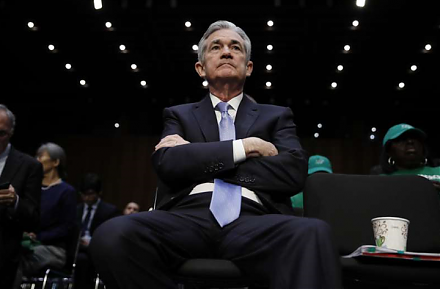

2019-07-27 17:37:00 Sat ET
stock market gold oil stock return s&p 500 asset market stabilization asset price fluctuations stocks bonds currencies commodities funds term spreads credit spreads fair value spreads asset investments
Capital gravitates toward key profitable mutual funds until the marginal asset return equilibrates near the core stock market benchmark. As Stanford finance professor Jonathan Berk suggests, capital flows equilibrate persistent mutual fund returns relative to the stock market benchmarks. Since investors first direct capital to the best active mutual fund managers, these fund managers receive so much money that it affects their ability to generate superior returns. The average return declines to fit the average return for the second-best fund managers. At this stage, investors become indifferent to investing with the first-best and second-best fund managers, so capital flows equilibrate until their average return declines to match the average return for the third-best fund managers.
This process continues until the average return of investing in most active mutual funds declines to match the stock market benchmark. Capital flows can thus reflect persistent asset returns in the transition toward the dynamic equilibrium outcome. Only high-skill fund managers can consistently earn superior average returns when numerous fund managers compete for scarce capital flows. The rationale suggests that investors who choose to invest with active fund managers cannot expect to receive positive excess returns after we apply appropriate risk and fee adjustments.
If any of our AYA Analytica financial health memos (FHM), blog posts, ebooks, newsletters, and notifications etc, or any other form of online content curation, involves potential copyright concerns, please feel free to contact us at service@ayafintech.network so that we can remove relevant content in response to any such request within a reasonable time frame.
2018-07-17 08:35:00 Tuesday ET

Henry Paulson and Timothy Geithner (former Treasury heads) and Ben Bernanke (former Fed chairman) warn that people seem to have forgotten the lessons of the
2018-07-09 09:39:00 Monday ET

The Federal Reserve raises the interest rate again in mid-2018 in response to 2% inflation and wage growth. The current neutral interest rate hike neither b
2018-10-15 09:33:00 Monday ET

Several pharmaceutical companies now switch their primary focus from generic prescription drugs to medical specialties such as cardiovascular medications an
2017-09-19 05:34:00 Tuesday ET

Facebook, Twitter, and Google executives head before the Senate Judiciary Committee to explain the scope of Russian interference in the U.S. presidential el
2023-08-14 09:25:00 Monday ET

Peter Isard analyzes the proper economic policy reforms and root causes of global financial crises of the 1990s and 2008-2009. Peter Isard (2005) &nbs
2017-02-19 07:41:00 Sunday ET

In his recent book on personal finance, Tony Robbins recommends that each investor should rebalance his or her investment portfolio *only once a year* to in